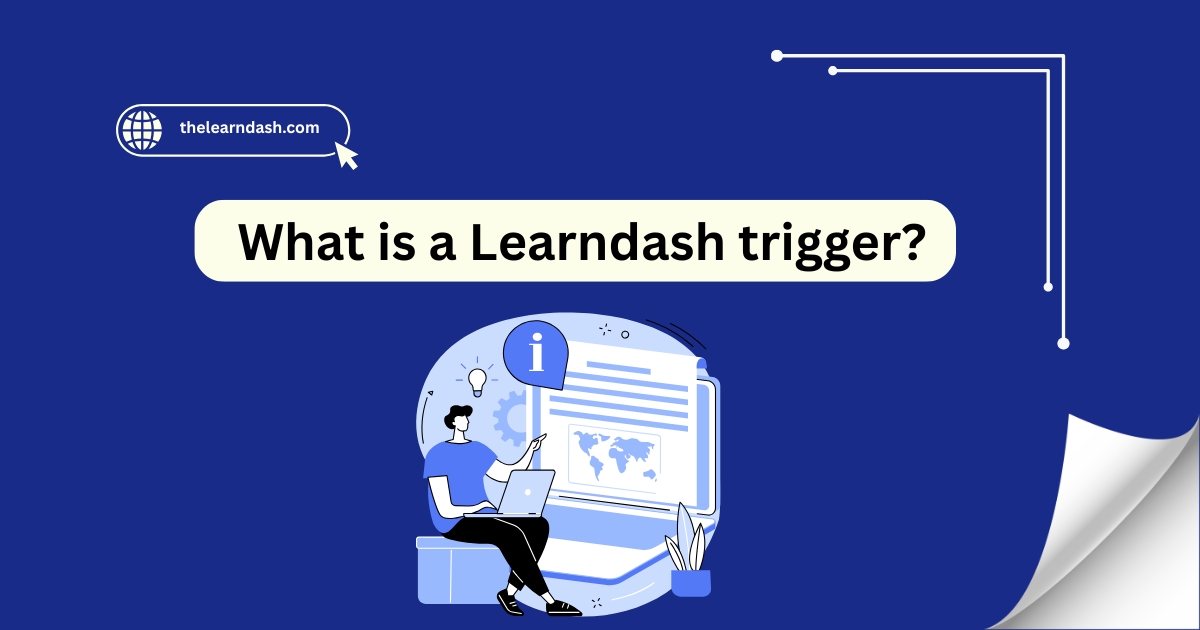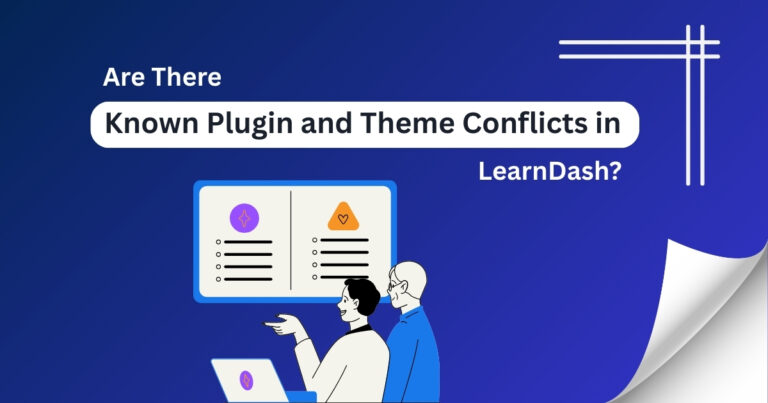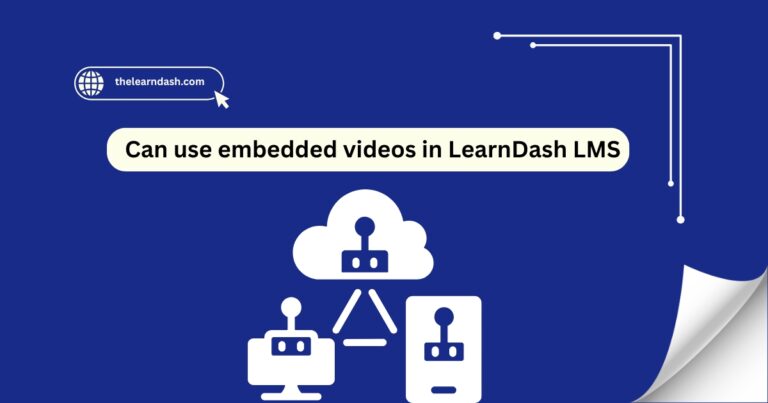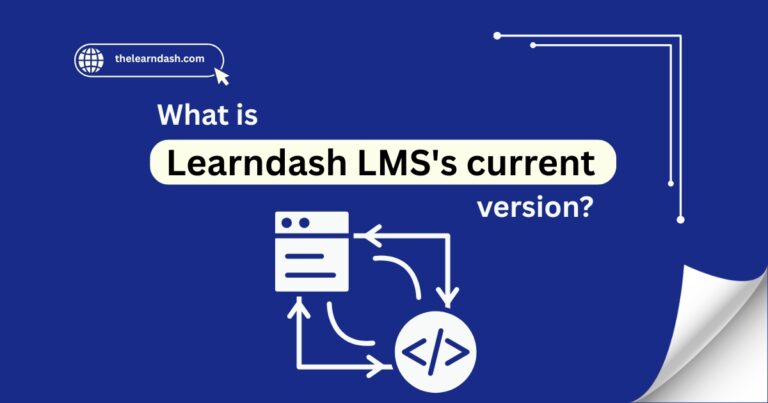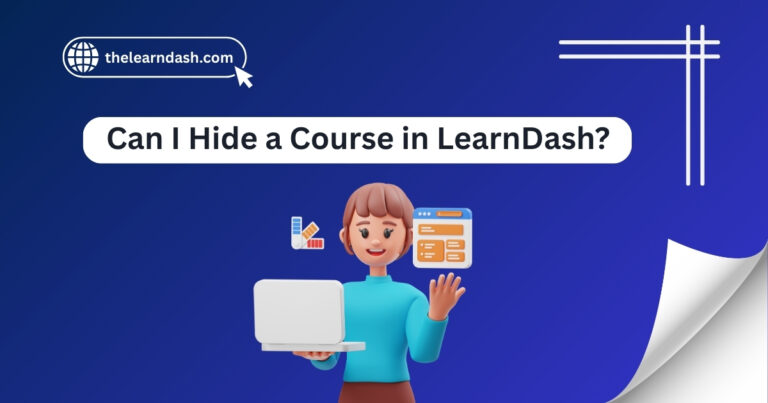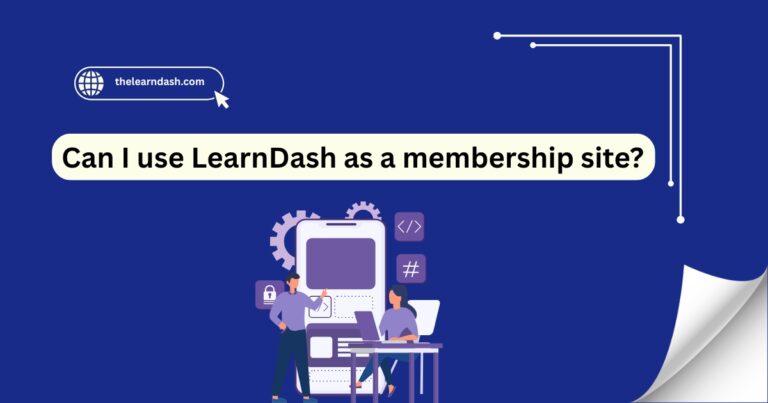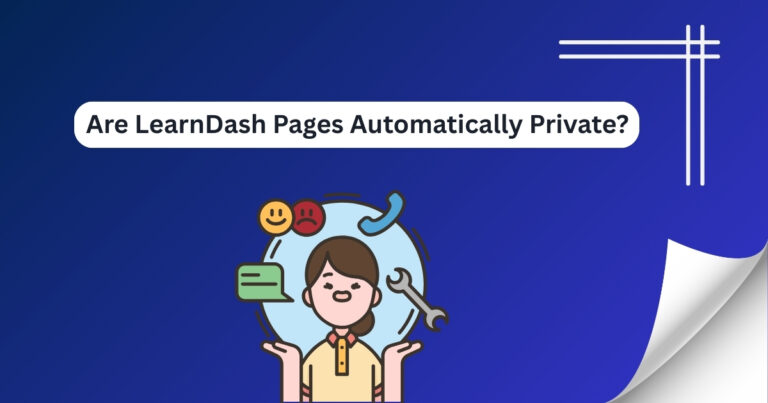What is a Learndash trigger?
Running an online course can get overwhelming when you’re doing everything by hand. Manually sending emails, unlocking lessons, or keeping track of student progress takes up valuable time and slows you down.
The problem is, when these small tasks pile up, it becomes hard to keep your course organized and your students fully engaged. Without a system to handle these actions automatically, things can feel unprofessional and disjointed.
That’s where automation helps. By setting up actions that respond to what a student does, like finishing a lesson or passing a quiz, you can keep your course running smoothly without needing to step in every time.
Need help setting it up the right way? Book your free consultation today and get expert guidance!
Understanding LearnDash Trigger?
A trigger in LearnDash is an automatic response that happens when a student takes a specific action inside your course. These actions can include:
When a trigger happens, you can connect it to an automatic task—like sending an email, adding the user to a group, or unlocking the next lesson. This helps automate your course flow and reduces manual work.
Read this: Can I Hide a Course in LearnDash?
Why Use Triggers in LearnDash?
Triggers are powerful because they make your course feel interactive and hands-free. Here’s how they help:
Common Ways Course Creators Use LearnDash Triggers
Here are a few real examples of how triggers are used in online courses:
These automations make courses feel smart and professional—without you having to manage every step.
How to Set Up Triggers in LearnDash
To use triggers, you’ll often need to use tools like:
You don’t need to be a developer. Most tools use a simple, step-by-step setup. You just choose the trigger (like “lesson completed”) and then pick the action (like “send email”).
Read this: Can I implement LearnDash into an already established WordPress website?
Triggers Make Your Course Smarter
Adding triggers to your LearnDash course helps everything run smoother. Your students get a better experience, and you get more time to focus on improving your content—not managing it.

